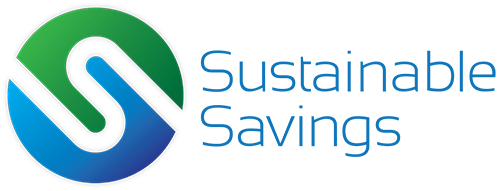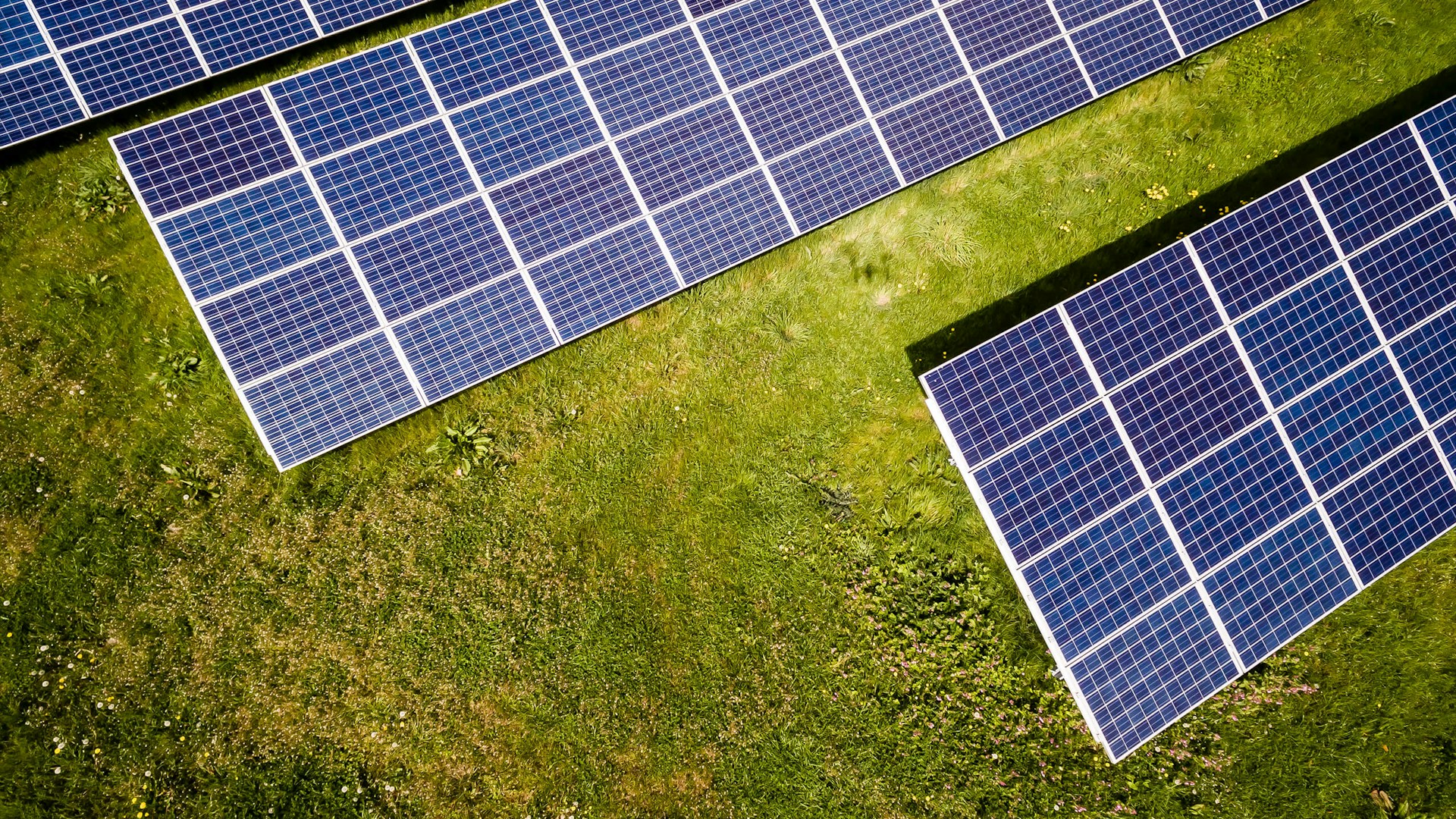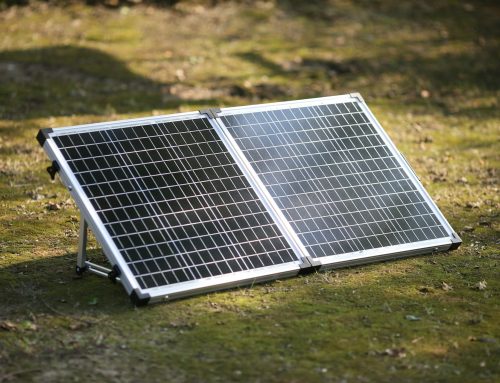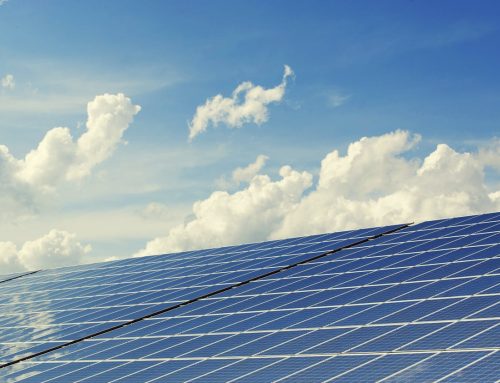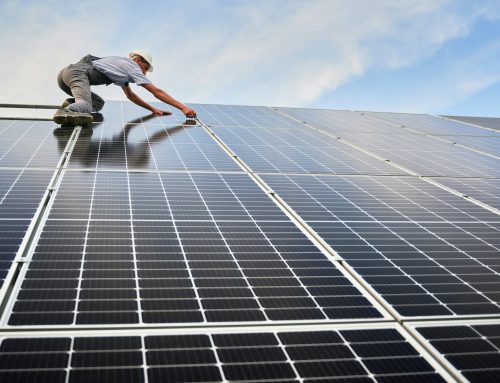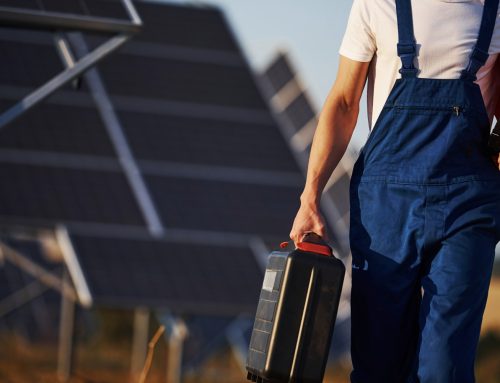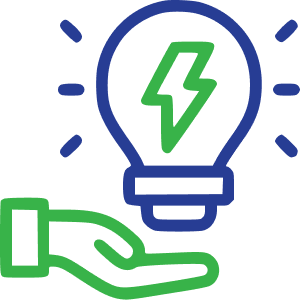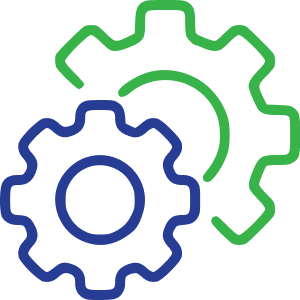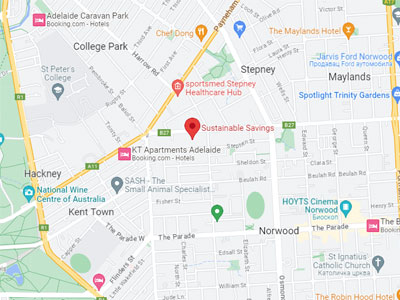Commercial solar systems are designed to deliver clean, low-cost energy, but like any equipment, they can run into issues. For businesses in Adelaide relying on solar to manage energy expenses and support sustainability efforts, even minor problems can affect system performance and return on investment. That’s why identifying common solar array problems and knowing how to respond to them is so important for dependable, long-term results.
Problems such as connection faults, reduced output from shading, or damage due to extreme weather happen over time or even shortly after installation, particularly if the system was not designed properly in the first place. Solar technology is more advanced than ever, but that doesn’t make it immune to Adelaide’s changing weather or daily wear and tear. Spotting issues early helps prevent costly performance losses and bigger headaches later on.
Common Solar Array Problems
Whether it’s a warehouse, shopping centre, or a network of commercial sites, the output of your solar system depends on more than just the sun. Multiple factors can affect consistent energy generation, and many of them are easier to detect and fix than you might think when you know what to look for.
Here are some typical problems that can affect the performance of commercial solar array panels:
– Shading from trees, poles, or nearby structures: Solar systems need unobstructed access to sunlight. Even partial shading on one part of the array can drop efficiency across the entire system, especially if it uses string inverters.
– Wiring or connection faults: Loose or degraded wiring can disrupt power flow, lower system output, or trigger inverter shutdowns.
– Undetected physical damage: Cracks from hail or accidental impact may not be visible straight away, but they can degrade performance over time and lead to panel failure.
– Poor system layout: If panels are not aligned properly or the design doesn’t suit the shape and angle of the roof, the system might never reach its expected performance levels.
– Hot spots from damaged cells or connections: These can stress the entire system, wear out components faster, and create long-term repair issues.
Any one of these problems could reduce daily energy generation, increase your operating costs, and cut into your return on solar investment. Often, businesses don’t realise there’s an issue until they spot a spike in power bills or anomalies in inverter data.
Understanding the risks is step one. Keeping watch for performance shifts is what comes next, which is where monitoring technology plays a major role.
Effective Monitoring Solutions
Larger rooftop installations across business sites can’t just rely on inverter checks or bill reviews. Staying on top of performance means having a way to spot changes early, before they grow into critical faults.
Many newer systems come with integrated monitoring platforms that provide live updates on how each section of your solar array is performing. These tools deliver insight into:
– Voltage across different string sets
– Daily and seasonal production trends
– Heat stress that impacts panel and inverter operation
– Immediate alerts for underperforming panels or failed inverters
With regular data at your fingertips, abnormal patterns can be flagged and addressed early, whether it’s a block of panels showing reduced output or a system component no longer working as it should.
But having access to that data is just part of the picture. Using it effectively can transform the way your business manages energy production. From coordinated inspections across sites to automated alerts that trigger service checks, real value lies in turning that data into action.
Adelaide’s hot summers, stormy forecasts, and roof-mounted systems working year-round mean faults can crop up fast. Monitoring makes it easier to respond quickly, avoiding losses and keeping your system delivering the power your operation needs to perform.
Solutions for Physical Issues
Damage from harsh weather or poor installation can be a real threat in Adelaide’s variable climate. Hail, in particular, is a growing concern. Panels certified for hailstone resistance offer stronger protection and peace of mind. Always check that your selected panels have been tested for durability in extreme conditions—this will be a smart step from day one.
Where you place your panels matters too. Strategic layout can reduce the impact from external hazards while still capturing maximum sunlight. Keeping distance from trees or frequently used roof zones can prevent accidental damage or shade problems.
Protective coverings, while not needed daily, can help during downtime or seasonal transition periods. Reinforcing racking systems and checking their stability before high winds is another preventative step that can keep your setup secure.
Choosing the right panels also plays a role. For example, panels that are built using non-toxic, ethically sourced materials and that perform well in independent lab conditions offer both peace of mind and environmental integrity.
Technological Upgrades
Older systems may find themselves falling behind in energy production compared to newer installations. Fortunately, tech upgrades like microinverters and optimisers can make a big difference without requiring a full replacement.
Where standard string inverters centralise conversion from DC to AC power, microinverters do this at each panel. This helps isolate any underperformance and protects system output if one panel becomes shaded or fails.
Optimisers, on the other hand, help individual panels perform better regardless of their neighbours. They’re particularly useful for rooftops with multiple angles, shading from short structures, or split array layouts. Optimising each panel offers design flexibility and better yield.
Even if you installed your solar system some years back, integrating upgrades like these can future-proof your setup and refine performance metrics across the board. Sustainable Savings can assess your existing system and recommend the right tools to bring it in line with modern tech standards.
Tips for Preventative Maintenance
One of the easiest ways to protect your solar investment is by staying ahead of potential problems. Regular system checks can help you avoid long-term faults or output losses. Check inverter readouts and monitoring software weekly if available, and compare trends across locations if you have more than one site.
Look out for signs like sudden output drops, error messages, or physical panel cracks. If something feels off, it probably is. Ignoring those signs may mean facing higher service costs down the track—or days of lost energy that affect your bottom line.
Hiring a professional to carry out a yearly inspection is a smart move. Certified technicians can flag subtle issues, advise on replacements and upgrades, and help your system perform year after year. Good maintenance means long-term results, stable output, and fewer costly surprises.
Staying Ahead with Sustainable Savings
Switching to solar is more than a utility decision—it reflects the direction your business wants to grow in. As renewable technology evolves, staying updated means you keep benefiting from every improvement made in the sector.
Sustainable Savings works closely with businesses across Adelaide and South Australia to design, upgrade, and maintain systems that deliver more than energy savings. By choosing panels with ethical supply chains, certified durability, and superior environmental performance—such as those from SunPower and Maxeon—you invest in a solution that goes beyond short-term returns.
Whether you’re exploring your first solar setup or looking to boost the performance of an existing one, Sustainable Savings brings local knowledge, quality brands, and expert support your business can count on. We’re here to help create lasting value and support your company’s sustainability path.
To keep your business’s energy goals on track and ensure optimal performance of your solar investment, consider the advantages of integrating high-quality solar array panels into your commercial setup. Sustainable Savings offers tailored solutions that help you maximise efficiency while supporting your commitment to sustainability.
